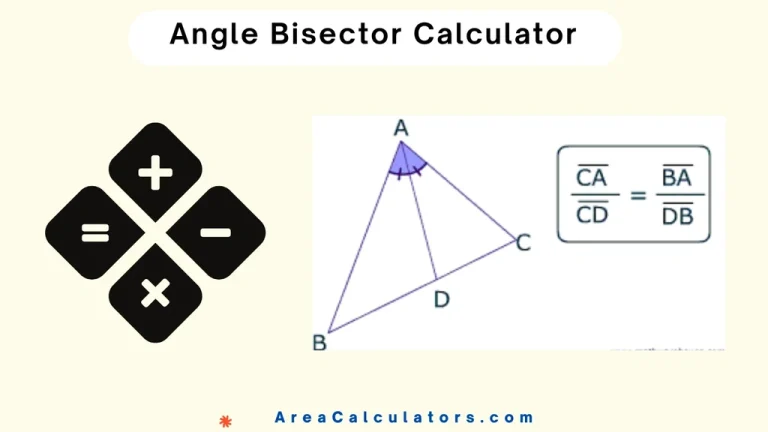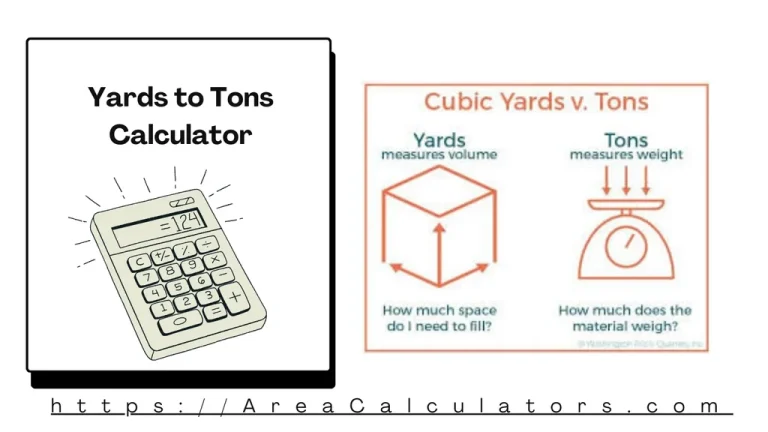Falling Momentum Calculator
To calculate the momentum of a falling object, multiply its mass (m) by the square root of 2×g×H, where g is gravitational acceleration, and H is the height.
The Falling Momentum Calculator is customized to calculate the momentum of an object as it falls from a specific height, factoring in gravitational force. This calculation is significant in physics to understand the effect of gravity on an object’s momentum.
In general, it is useful in fields such as engineering, safety analysis, and physics research. By entering the object’s mass and fall height, this tool enables users to assess the momentum upon impact.
Formula
| Variable | Description |
|---|---|
| p | Momentum of the falling object |
| g | Gravitational acceleration (9.8 m/s² on Earth) |
| H | Height from which the object falls (meters) |
| m | Mass of the object (kg) |
Solved Calculations
Example 1:
| Step | Calculation |
|---|---|
| Mass (m) | 5 kg |
| Height (H) | 10 m |
| Gravitational Acceleration (g) | 9.8 m/s² |
| Momentum Calculation | |
| Result | 98.99 kg·m/s |
Answer: For an object with a mass of 5 kg falling from 10 m, the momentum upon impact is approximately 98.99 kg·m/s.
Example 2:
| Step | Calculation |
|---|---|
| Mass (m) | 8 kg |
| Height (H) | 15 m |
| Gravitational Acceleration (g) | 9.8 m/s² |
| Momentum Calculation | |
| Result | 171.29 kg·m/s |
Answer: For an object with a mass of 8 kg falling from 15 m, the momentum upon impact is approximately 171.29 kg·m/s.
What is a Falling Momentum Calculator?
The Falling Momentum Calculator is a physics-oriented tool. It aims at calculating the momentum of an object in free fall, providing a practical solution for physics problems involving gravitational acceleration. When an object falls under gravity, it gains speed and, consequently, momentum.
This tool allows users to ascertain the momentum based on the object’s mass and the height or time of the fall, which helps in calculating the impact momentum just before hitting the ground.
To use this calculator, enter the object’s mass and either the fall time or the height from which it falls. The calculator then computes the falling momentum, considering gravitational forces, offering insights into the motion and impact of falling objects in various scenarios.
Final Words:
In the final analysis, the Falling Momentum Calculator is an invaluable tool for physics students and professionals, streamlining calculations related to momentum in free fall, helping to understand and predict outcomes in gravitational motion.




